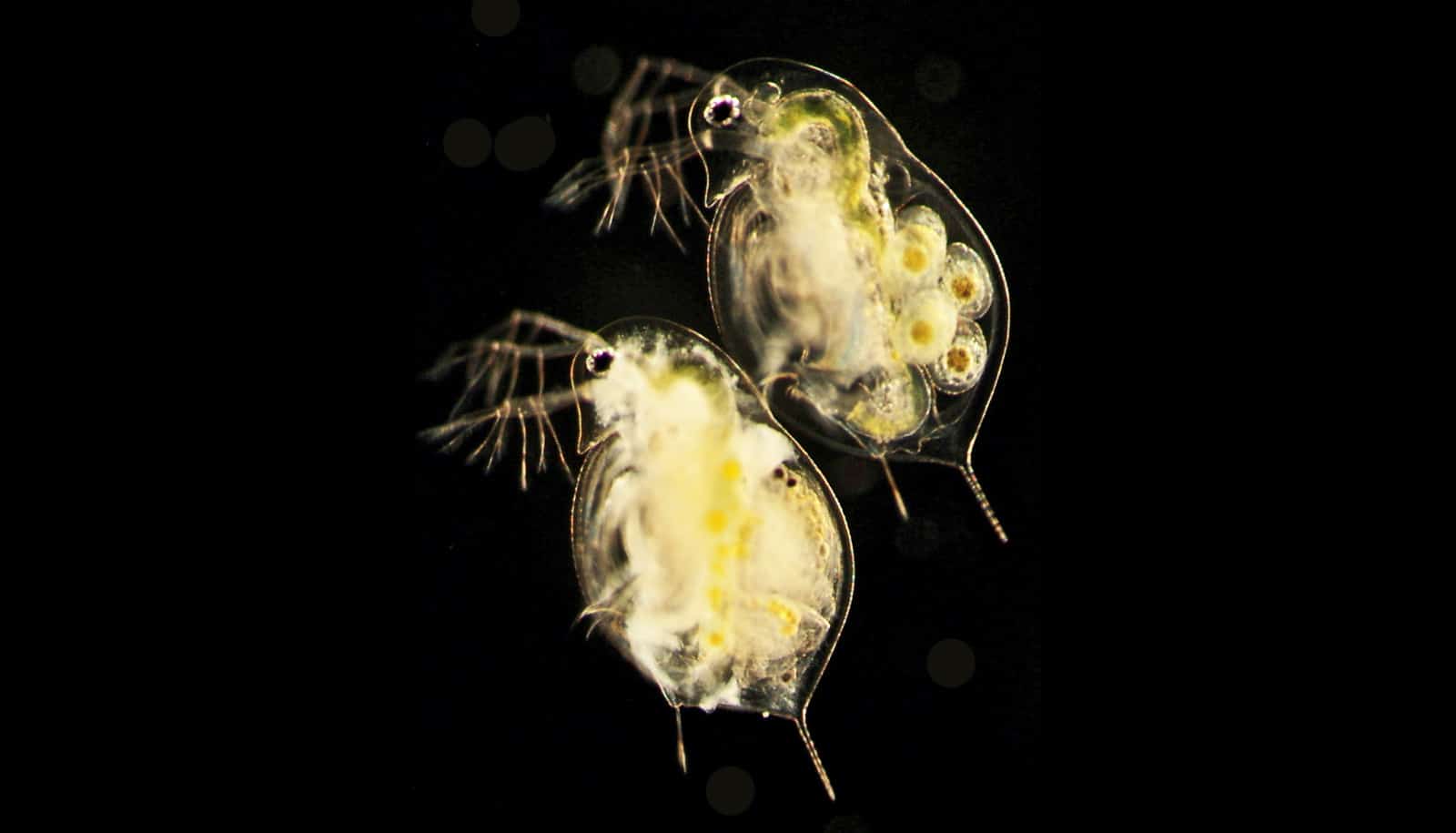New research shows that pathogens that incubate at higher temperatures are more infectious. Yet the computer models that predict the spread of epidemics from climate change—such as crop blights or disease outbreaks—may not be taking into account this important factor when predicting their severity.
The study, published in Ecology, finds that pathogens that grow inside organisms at higher temperatures produce offspring that cause higher rates of infection compared to pathogens that grow inside organisms at lower temperatures. This suggests that climate can cause an “echo effect” in future pathogens, ultimately making them more infectious.
“It’s well known that environment can affect offspring across generations in plants and animals,” says senior author Spencer Hall, a professor in the biology department at Indiana University-Bloomington. “This study is one of the first to suggest that similar cross-generational effects occur in parasites and pathogens.”
“If past environmental conditions impact the frequency or severity of future infections, then current climate models are not taking an important factor into consideration when predicting threats from climate change,” says Marta Shocket, who led the work as a doctoral student and is now a postdoctoral researcher at Stanford University. “This might include threats to animals, plants, and people.”
Water fleas and freshwater lakes
The researchers’ analysis draws in part upon research in water fleas at three freshwater lakes in southern Indiana.
Water fleas, also known as Daphnia, are small crustaceans that contribute to the health of lakes by feeding on algae. Without these organisms to control algae, a lake can quickly degrade into a turgid brew that resembles pea soup.
Water fleas are susceptible to infection from a fungal pathogen called Metschnikowia, which reproduces inside water fleas as needle-like spores that multiply until they kill them and burst out of their bodies to infect the next generation. A single autumn can produce six to 10 generations of the spores, with up to 60 percent of water fleas infected at the epidemic’s peak.
For the study, Shocket conducted lab experiments that found that the fungus caused more infections when higher temperatures were observed in the previous generations of water fleas. She then conducted research in the field to compare the lab results against fresh lake samples from late autumn.
The analysis found that an increase of merely 6.5 degrees Fahrenheit caused the fungal spores to become two to five times more likely to infect a new host.
Predicting disease outbreaks
Shocket says additional research is needed to explore these effects in other pathogen systems, especially since they could have an impact on agriculture. This is because the effect of climate across generations in parasites is more likely to have an impact on cold-blooded host organisms, such as crop plants or the insects that eat them.
Climate change is messing with how these fish breed
The study also features mathematical methods to predict the effect of temperature changes on spore infectiousness across generations. Hall says the principles behind these models could potentially enhance other simulations that draw upon many factors to predict disease outbreaks.
“The translation of observational data into computational models is important in the field of ecology since nature is so messy,” he adds. “The refinement of the algorithms to predict risks from climate is a crucial step in our ability to prepare for environmental change.”
Additional researchers contributed from the University of Michigan and the University of Illinois. The National Science Foundation and Environmental Protection Agency supported this study.
Source: Indiana University



